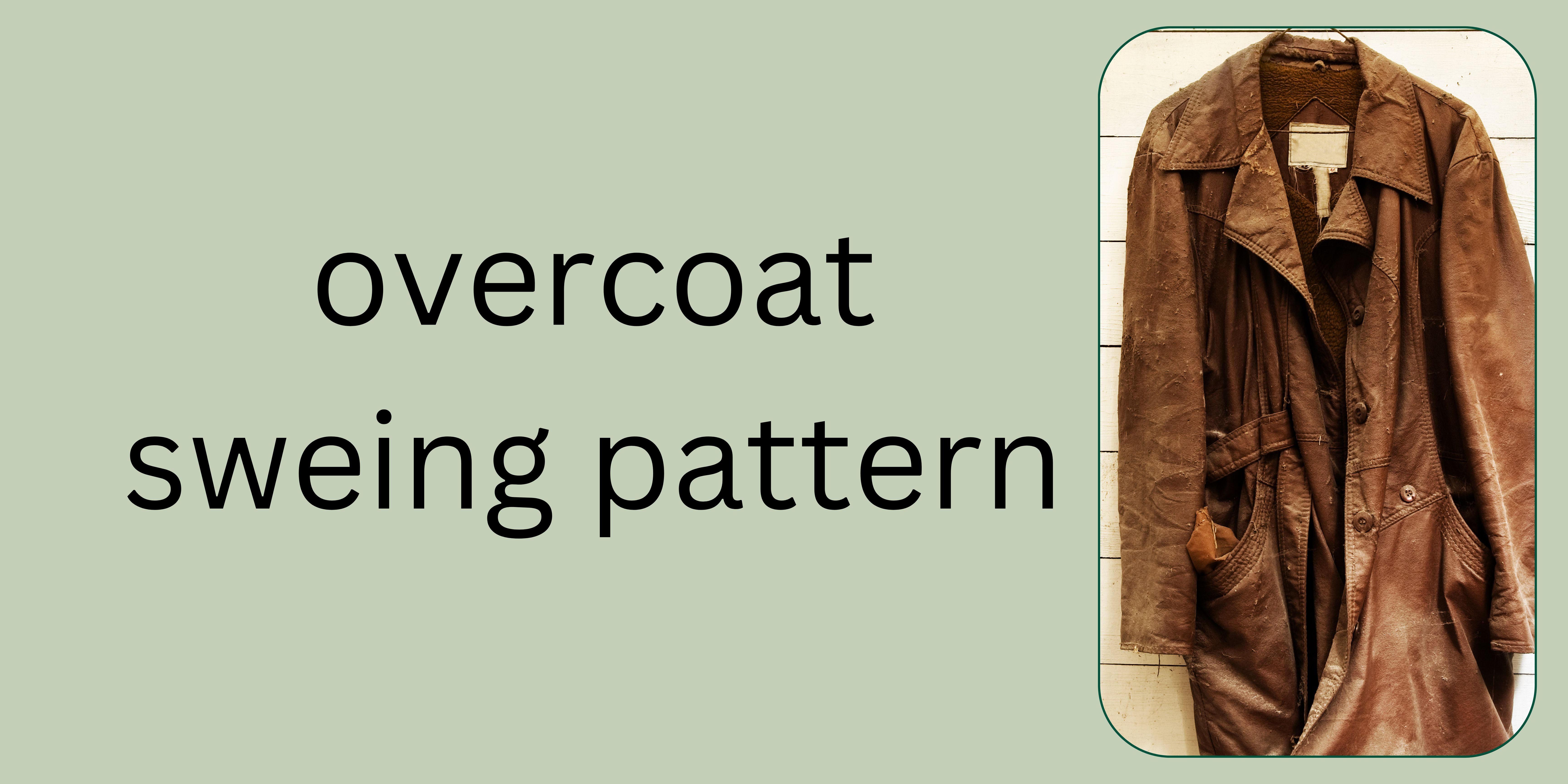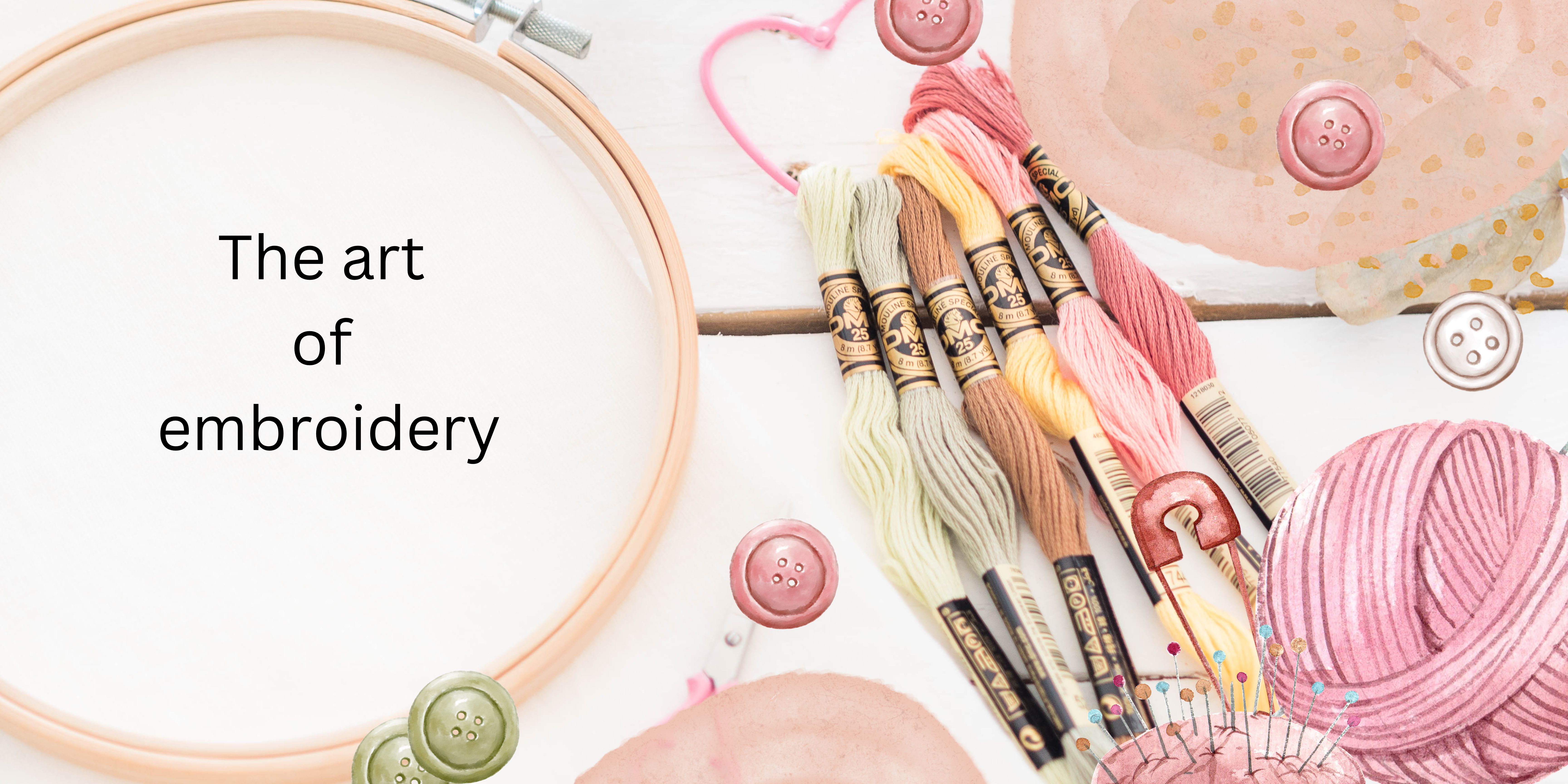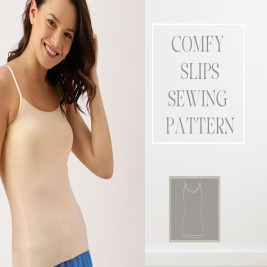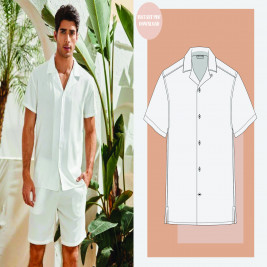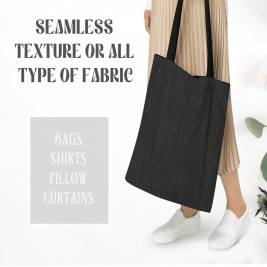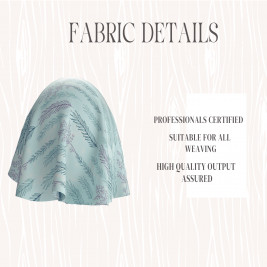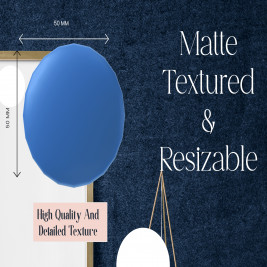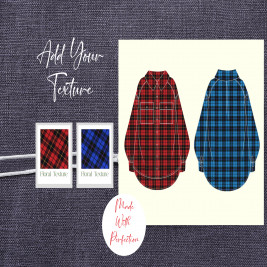.jpg)
Embroidery Files for Beginners: Tips and Essential Tools
Embroidery Files for Beginners: Tips and Essential Tools
Embroidery is a craft that weaves artistry and tradition into every stitch, making it a beloved pastime for many. For beginners, the world of embroidery might seem intimidating, but with the right guidance and essential tools, you can embark on this creative journey with confidence. In this blog post, we’ll walk you through the tips and tools that will help you kickstart your embroidery adventure and create beautiful embroidered designs.
Embroidery Tips for Beginners
1. Choose the Right Fabric:
Your choice of fabric sets the foundation for your embroidery project. As a beginner, opt for materials like cotton or linen, which are relatively easy to work with. They provide a stable canvas for your stitches, making it easier to achieve neat and consistent results.
2. Practice Basic Stitches:
Start with the fundamentals. The running stitch, backstitch, and satin stitch are excellent stitches for beginners. Practice them until you feel comfortable with the movements and can create even, consistent stitches.
3. Use an Embroidery Hoop:
Embroidery hoops are indispensable tools. They hold your fabric taut, preventing wrinkles and ensuring even tension while you work. Hoops are available in various sizes to suit different projects, so choose one that best fits your design.
4. Organize Your Threads:
Keeping your embroidery threads organized is essential. Use floss organizers or bobbins to store your threads neatly, preventing tangles and making it easier to select the right colors for your design.
5. Transfer Your Design:
To get your design onto the fabric, use a transfer method such as a water-soluble pen, iron-on transfer paper, or embroidery transfer kits. This will help you accurately mark your design on the fabric, making it easier to follow as you stitch.
Essential Tools for Embroidery
1. Embroidery Needles:
Invest in a good set of embroidery needles. These needles have larger eyes to accommodate embroidery floss and sharp points for easy piercing of the fabric. Different needle sizes suit various thread weights, so having a variety on hand is helpful.
2. Embroidery Floss:
A collection of colorful embroidery floss is the heart of your projects. These six-strand threads can be separated to create finer, detailed stitches or used as they are for bolder designs. Choose quality floss in a range of colors to bring your designs to life.
3. Embroidery Scissors:
Sharp, small embroidery scissors are a must-have tool for precise thread cutting and trimming. Their fine tips allow you to get into tight spots with ease, ensuring your work remains neat and professional-looking.
4. Embroidery Hoop:
Embroidery hoops come in different sizes and help you maintain the tension of the fabric, making your stitches even and consistent. A well-chosen hoop can make a significant difference in the ease and quality of your stitching.
5. Thimble:
A thimble is a small but vital tool that protects your finger while pushing the needle through the fabric. It’s particularly useful for preventing sore fingers during longer stitching sessions, allowing you to stitch comfortably for extended periods.
Conclusion
Embroidery is a world of creativity waiting to be explored, and as a beginner, you’re on the verge of discovering a beautiful art form. Armed with the right tools and these essential tips, you can confidently dive into the world of embroidery. Whether you’re looking to embellish clothing, create decorative pieces, or simply express your artistic side, embroidery has a place for everyone. Start your embroidery journey today, and watch your designs come to life, one stitch at a time. Happy stitching!



